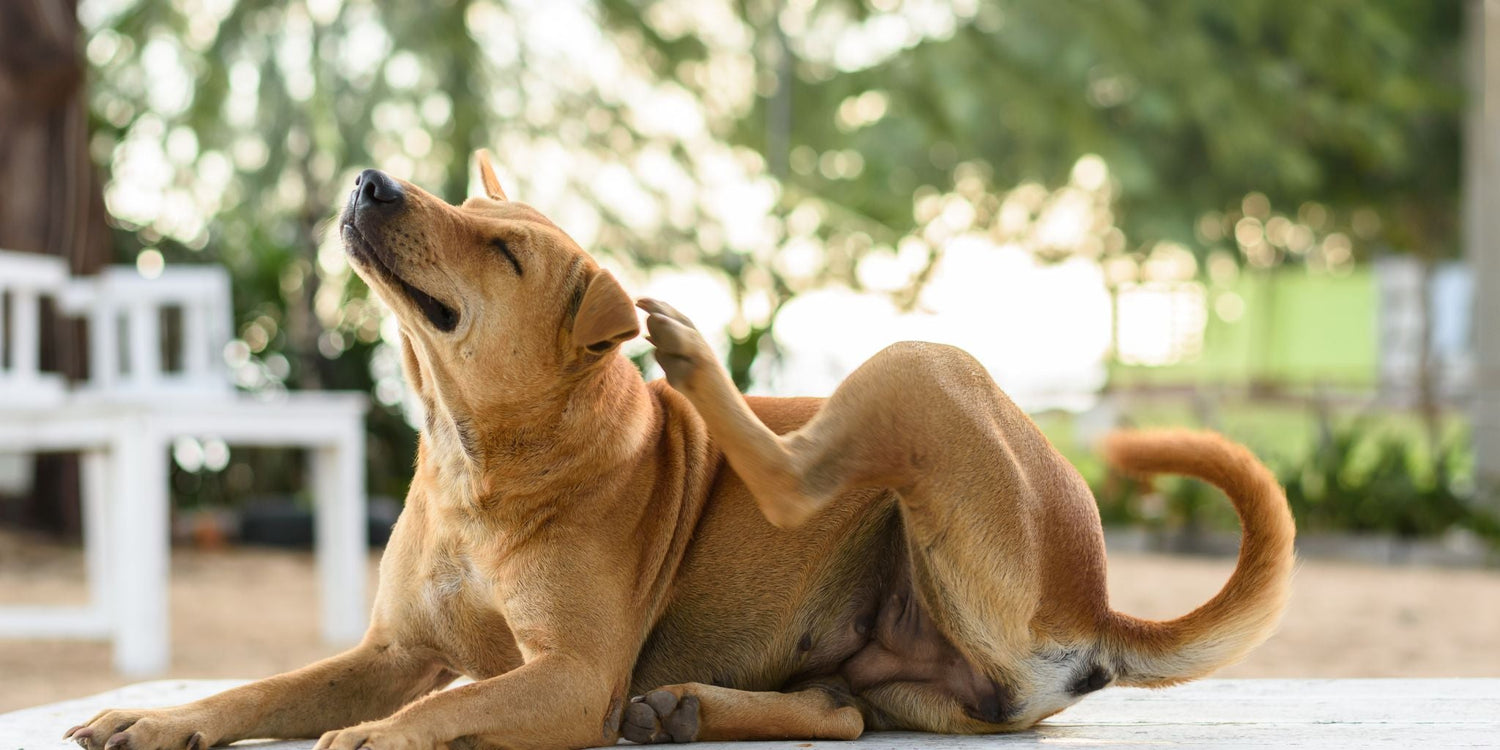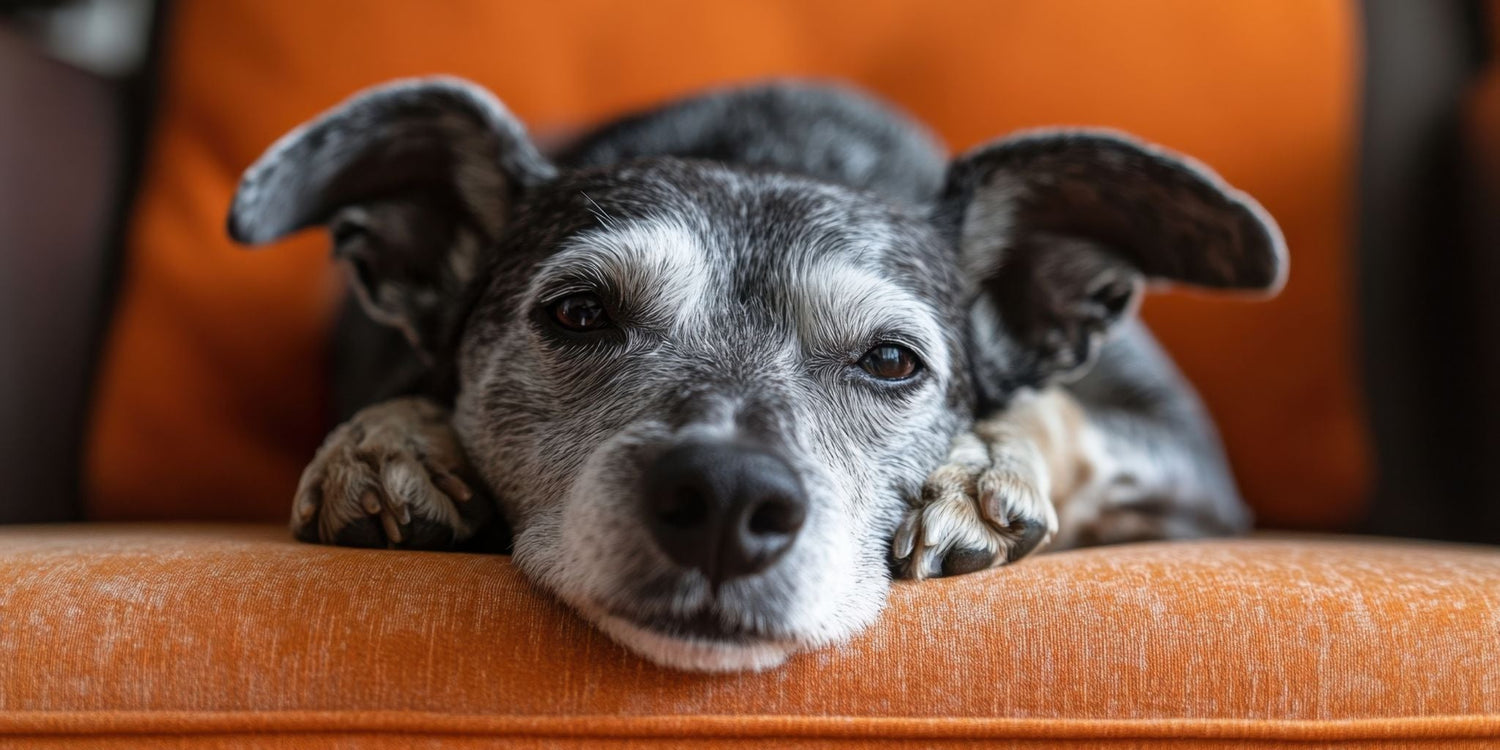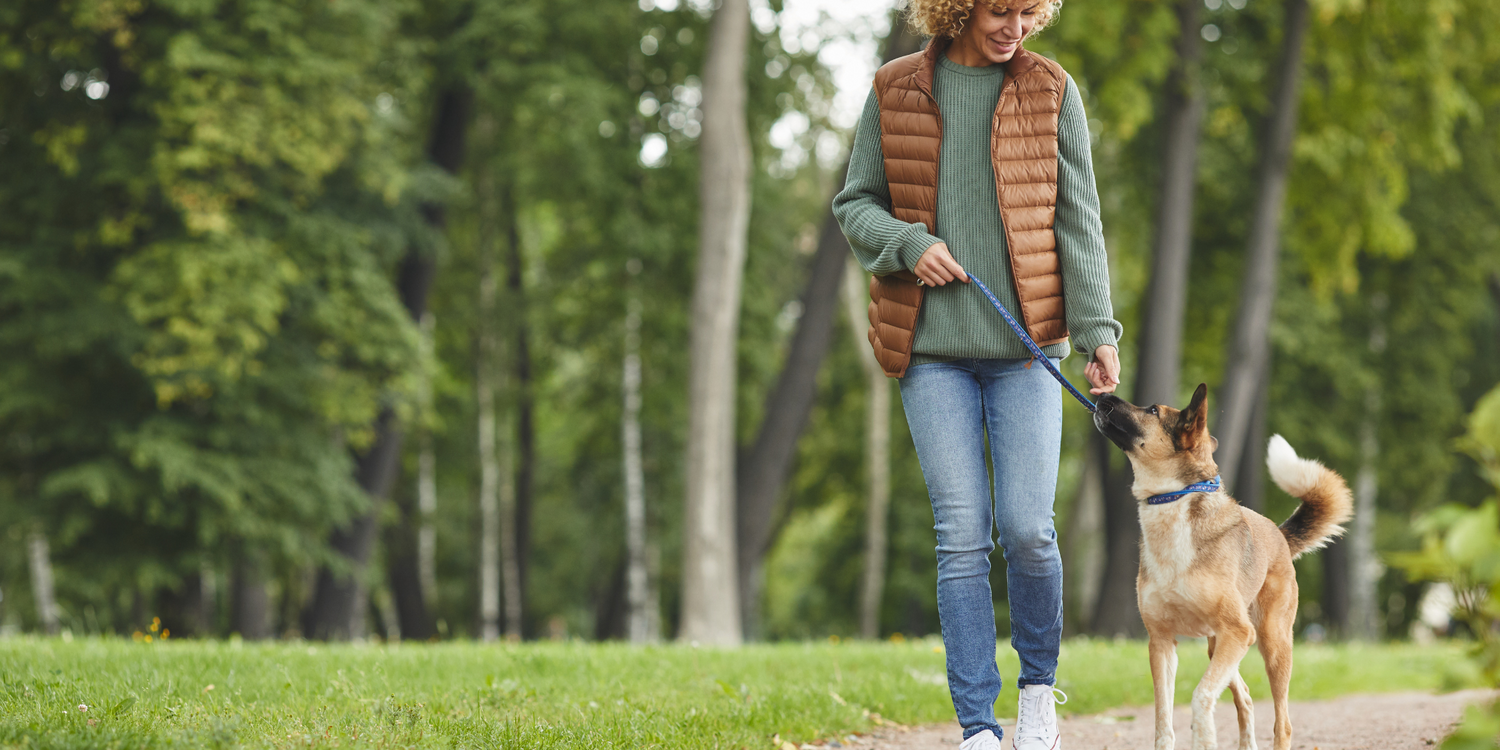Field Day resident Vet, Emily Turner unpacks Hot spots in dogs. Causes, Prevention, and Treatment.
Dog "hot spots", also known as acute moist dermatitis, are inflamed and infected areas of a dog’s skin that appear as red, moist, and painful patches. They tend to develop commonly on the cheeks, over the tail base, the thighs, or on the neck and shoulders and they can develop quickly, often causing significant discomfort and itchiness to the dog. Hot spots are commonly seen in breeds with thick coats (Huskies, Retrievers, German Shepherds, Rottweilers etc.), but any dog can be affected. Understanding what causes hot spots can be very helpful to a pet owner in order to recognise the condition early, identify causative factors and deal with the issue before it gets too serious.
Hot spots are typically caused by a combination of factors that lead to skin irritation and infection. The most common causes include:
- Allergies: Dogs with food allergies or sensitivities to environmental allergens like pollen or dust mites (atopic dogs) are more prone to developing hot spots. These allergens cause itching, causing dogs to scratch or lick excessively, which can break the skin’s protective barrier and invite infection.
- Fleas, ticks, and mites: Flea infestations are one of the leading causes of hot spots. Flea bites trigger an intense allergic reaction (flea allergy dermatitis) and local irritation, which results in itching and scratching. Licking or chewing by your dog also increases the possibility of developing hot spots due to excess moisture. Mites can cause severe pruritus (itching), thus leading to compromised skin barriers on the surface of the skin.
- Moisture: Excess moisture from swimming, rain, humidity, or licking can contribute to the development of hot spots, particularly in dogs with thick or long coats. The trapped moisture creates an environment where bacteria and fungi, often present in normal numbers on a healthy dog's skin thrive, leading to infection. Summertime is the season for a spike in hot spots in a vet clinic for these reasons.
- Infections: Bacterial or yeast infections can cause inflammation and itching. Dogs may lick, chew, or scratch the affected area, further irritating the skin and contributing to the development of hot spots which can become deeper infections in localised areas.
- Underlying Medical Conditions: Hormonal imbalances, immune system deficiencies, or chronic diseases can also predispose a dog to hot spots. Dog's who suffer from Cushing's disease and hypothyroidism are very much at risk of developing hot spots as these conditions affect the surface of the skin and make it less resistant to infections.
Preventing hot spots involves managing the factors that trigger skin irritation:
- Flea and parasite Control: Regular flea and tick prevention is essential. Ensure your dog is on a proper flea and tick regimen, especially in the more humid months when flea activity is higher. These are generally spot-on treatments or tablets. There is a year-long flea prevention injection available from your vet for those in high-risk areas or when frequent dosing is difficult. If fleas are present, it is paramount to ensure the environment is treated also or re-infection will occur.
- Regular Grooming: Brushing your dog’s coat regularly helps remove debris, tangles, and excess hair, preventing mats that can trap moisture against the skin. Bathing your dog with a gentle, hypoallergenic shampoo can also help keep their skin clean and dry. Ensuring your dog is thoroughly dry after a bath is essential.
- Allergy Management: If your dog suffers from allergies, work with your vet to identify and manage triggers. This may involve dietary changes, antihistamines, or allergy-specific treatments like tablets or injections.
- Keep Skin Dry: After swimming or outdoor activities in the rain, thoroughly dry your dog’s coat, particularly around their cheeks and tail base and other areas prone to moisture build up.
- Stress Reduction: Stress or boredom can cause excessive licking and scratching which is a behavioural coping mechanism or a soothing behaviour in some dogs. Trying to provide a stress-free environment with adequate enrichment is a big factor in preventing excessive over-grooming behaviours.
- Dietary supplements: This is clear evidence that supplements like omega 3 and 6 fatty acids in the correct amounts contribute massively to your dog's skin health by playing a role in skin cell structure, preventing moisture loss from skin cells and they can have an anti-inflammatory effect in the body, with the overall effect being very positive on a dog's skin health and condition.
Once a hot spot forms, prompt treatment is necessary to prevent it from worsening. Treatment often involves some of the following:
- Clipping and cleaning: The affected area is usually clipped gently and cleaned with an antiseptic solution to remove dirt, debris, and bacteria. Avoid harsh chemicals that may irritate the skin further, no tea tree oil or apple cider vinegar as these are very astringent and dry the skin excessively. Clipping allows the skin to breathe and lessens growth of bacteria and yeasts that need warm, humid, and air-free environments to thrive.
- Topical Medications: Your vet may recommend topical creams, sprays, or ointments to reduce inflammation, soothe the skin, and treat infection.
- Antibiotics or Antifungals: If the hot spot is infected, oral antibiotics or antifungal medications may be prescribed, generally only in the case of deep infections.
- Elizabethan Collar: To prevent the dog from licking or biting the hot spot, an Elizabethan collar (cone) may be necessary during the healing process or clothes such as t-shirts or "doggie pjs" are often used to loosely cover the areas while still allowing airflow.
Most dogs recover quickly from hot spots, but they have a tendency to recur if the risk factors are not identified and managed. It is important to keep an eye on your dog’s skin health and check over your dog thoroughly if you notice any excessive licking, chewing or scratching at certain areas, any unusual odour, any areas of matted hair and to be particularly vigilant during humid weather and after swims and washes.
Keeping your dog as well groomed, lean, and generally healthy as possible can really help and if concerned it can always be useful to visit your vet to rule out any underlying issues and have a chat about general skin health, supplements and signs to look out for in order to keep our pooches happy and free of any nasty skin infections.





